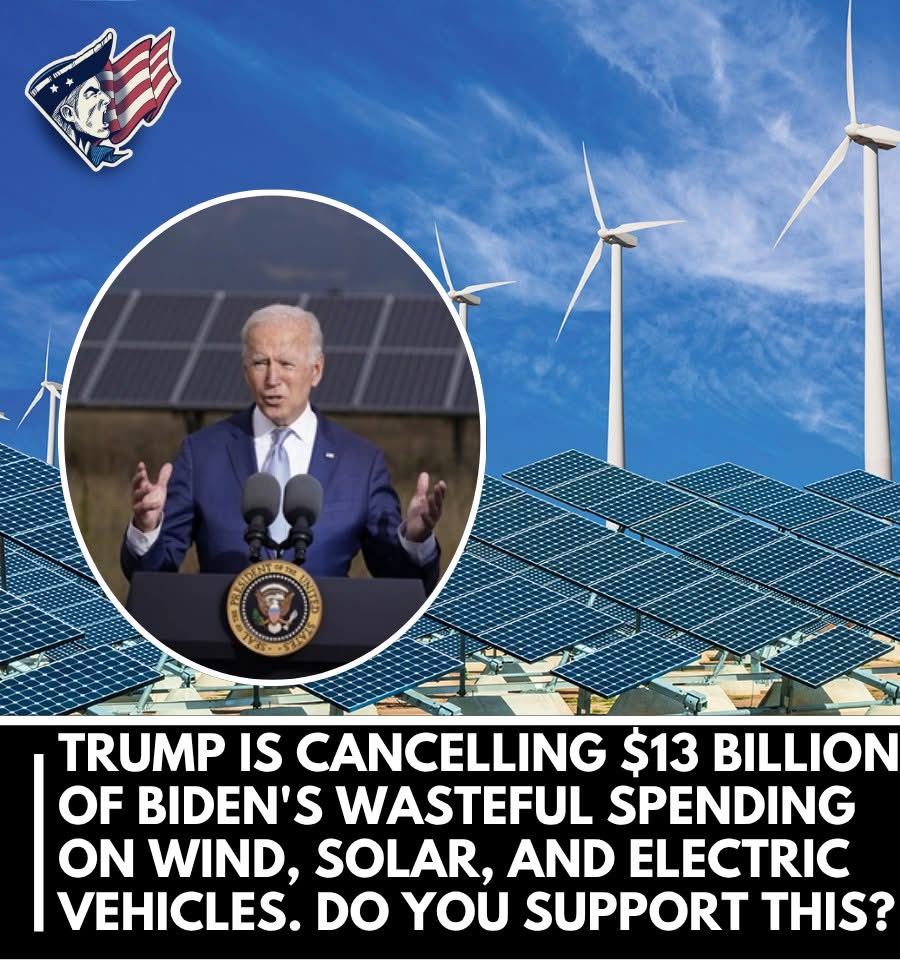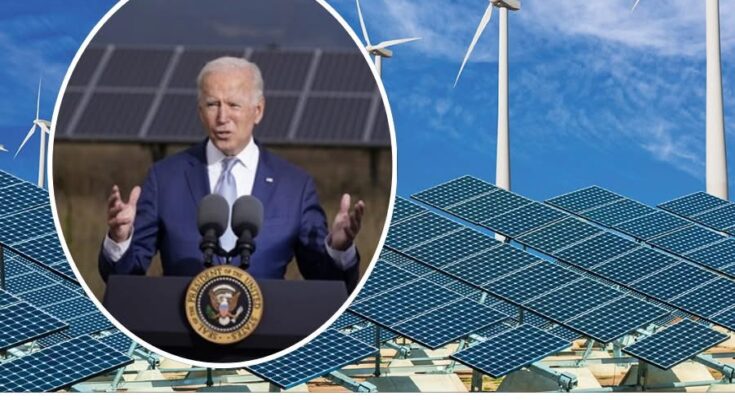
The US Department of Energy intends to cancel more than $13 billion in support allocated by the Biden administration to subsidize wind and solar energy, batteries, and electric vehicles. This was reported by Reuters, citing information from the agency.
As noted, this statement “reflects the administration’s commitment to end wasteful spending and refocus the agency on its core mission.”
The agency’s statement did not specify which projects would be cut.
The statement drew sharp criticism from California Governor Gavin Newsom, who said that the US is ceding its leadership in clean energy to China.
The news came a day after the US president expressed skepticism about global environmental initiatives and multilateral institutions during his address to the UN General Assembly.
US Energy Secretary Chris Wright, in turn, mentioned the cancellation of funding at a press conference in New York. He noted that Trump had sent a signal that the UN and many countries had sharply deviated from the course on climate change, exaggerating it as the greatest threat to the world. According to him, this stimulated large expenditures with little positive impact.
However, the agency notes that, according to a study recently published by the environmental group E2, jobs in solar, wind, and other clean energy sectors grew three times faster than the rest of the US workforce last year. Analysts noted that many of these jobs could disappear due to Trump’s efforts to block renewable energy sources.
It should be noted that in early July, the US House of Representatives approved the “One Big Beautiful Bill,” which, among other things, removed provisions from the Inflation Reduction Act (IRA) to strengthen the development of green energy. Donald Trump signed it on July 4.
It should be recalled that China has set green energy targets for more industrial sectors. Steel, cement, and polysilicon producers will be required to use green energy to meet 25% to 70% of their demand for 2025 and 2026. In this way, the country aims to increase renewable energy consumption as solar and wind generation grows.



